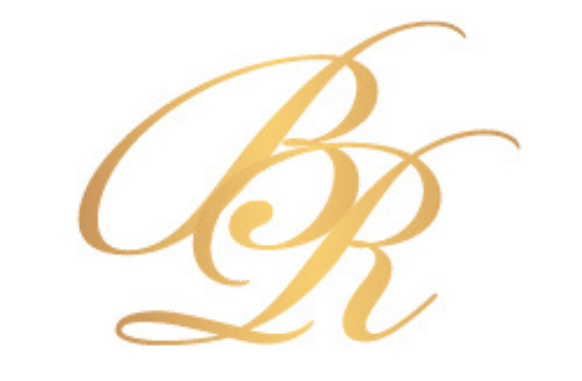
In recent years, LED light therapy has taken the skincare world by storm—and for good reason. Backed by science and loved by dermatologists, beauty therapists and skincare enthusiasts alike, this non-invasive treatment offers real results with minimal effort. Whether you’re dealing with stubborn acne, fine lines, or just want a radiant glow, LED therapy might be your new best friend.
But what exactly is LED therapy? How was it discovered? And why is it so beneficial for your skin? Let’s break it down.
What Is LED Light Therapy?
LED (Light Emitting Diode) therapy involves using specific wavelengths of light to target various skin concerns. These wavelengths penetrate the skin at different depths to trigger biological processes that rejuvenate and heal.
The treatment is completely non-invasive and painless. It’s performed using handheld devices or masks that emit blue, red, or near-infrared light—each color offering unique skin benefits.
A Lightbulb Moment: The History of LED Therapy
LED therapy wasn’t initially intended for cosmetic purposes. In fact, it has its roots in space exploration.
In the 1990s, NASA developed LED technology to help grow plants in space. Scientists noticed that red and near-infrared light could stimulate plant cell growth. Around the same time, researchers began exploring how these same wavelengths might affect human cells—specifically for wound healing and tissue repair. The findings were promising, and eventually, the medical and cosmetic industries adopted LED therapy to aid skin regeneration and improve complexion.
Why LED Therapy Works: The Science Behind the Glow
Your skin is naturally responsive to light. Different wavelengths (colors) of LED light stimulate various cellular processes:
- Red Light (630–660nm): Penetrates deeper into the skin and is best for stimulating collagen production. This helps reduce wrinkles and fine lines, improve skin elasticity, and promote overall rejuvenation.
- Blue Light (415nm): Targets acne-causing bacteria on the skin’s surface, making it a go-to for treating acne and preventing future breakouts.
- Near-Infrared Light (800–850nm): Reaches the deepest layers of the skin to support healing, reduce inflammation, and improve circulation.
- Green and Yellow Light (optional in some devices): Used for calming the skin, reducing redness, and lightening hyperpigmentation.
When used consistently, these light wavelengths help promote healthier, more balanced skin from the inside out.
What LED Therapy Can Improve
LED light therapy is used to treat a wide range of skin concerns, including:
- Acne and acne scars
- Wrinkles and fine lines
- Sun damage
- Hyperpigmentation
- Rosacea and redness
- Wound healing
- Dullness and uneven skin tone
It’s suitable for all skin types and tones, and because it’s non-invasive, there’s no downtime involved—making it easy to incorporate into your skincare routine at home or in a clinical setting.
How to Use It Safely
For best results, consistency is key. Most dermatologists recommend treatments 2–3 times per week, with visible improvements appearing after several weeks.
While at-home LED masks and handheld devices are widely available, it’s important to choose products from reputable brands that meet safety standards. And while LED therapy is generally safe, those with certain medical conditions (or who take photosensitizing medications) should consult a healthcare professional before beginning treatment.
The Future Looks Bright
LED therapy has come a long way since its NASA origins, and it continues to evolve as technology improves. With a growing body of research supporting its effectiveness, LED light therapy is more than just a skincare trend—it’s a scientifically-backed, skin-friendly approach to achieving a healthier, more radiant complexion.
So the next time you see someone basking under a glowing red or blue mask, know that they’re not just catching up on their sci-fi aesthetic—they’re investing in a brighter skin future.
Ready to give your skin the light it deserves?
Your glow-up might just be a few wavelengths away.
